Plants
So you’ve found our Plants page! Well, that’s perfect, you can watch our videos, have a good read of our information, and then try out our quizzes!
Photosynthesis occurs in ALL plants, it is defined as a chemical change that occurs within the leaves of green plants. It is the base of the life cycle, photosynthesis provides the nutrients for plants to survive, and plants provide the nutrients for every living animal and insect on the planet. Photosynthesis is occurring all around us, every second of every day.
Watch our home experiment video to see the limiting factors of light…
There are three main factors that can limit the rate of photosynthesis. These are temperature, carbon dioxide concentration and light intensity. This can be seen in the home experiment on this page, where the flower with low light exposure struggles to survive, and the flower with high light exposure thrives.

Below are three graphs demonstrating the limiting factors that effect photosynthesis. If you plot the rate of photosynthesis against the levels on the graphs, you will get graphs like the ones below.

When a plant cannot reach a light source, all developments in photosynthesis stop. Even if they have both carbon dioxide and water they will still not be able to photosynthesise, as light is an essential part of the process. Therefore if you were to increase the light exposure, it would increase the rate of photosynthesis.

Photosynthesis can also be limited by the concentration of Carbon Dioxide in the air. Even if a plant has a sufficient amount of light, water and an ideal temperature, it will still fail to photosynthesise.

Temperature is another limiting factor, if the temperature is too cold, the rate of photosynthesis will decrease, but it won’t stop. However, if it gets too hot, the plant cannot photosynthesise.
